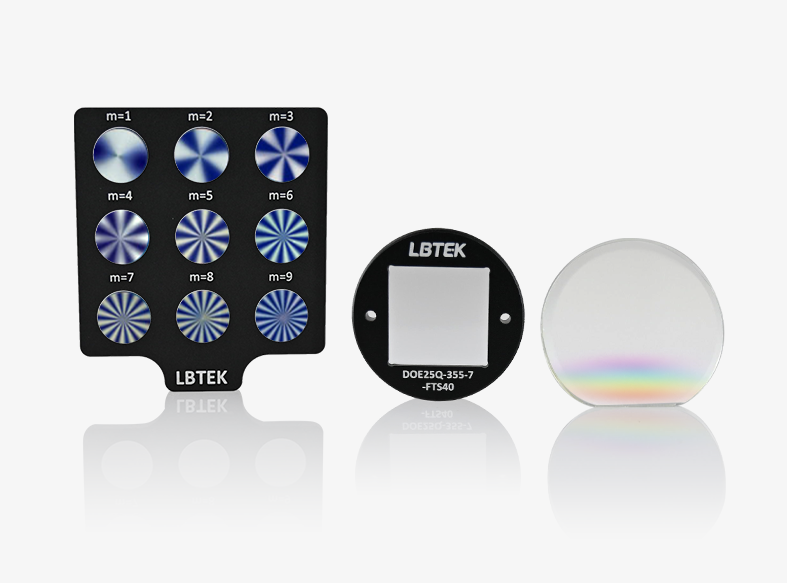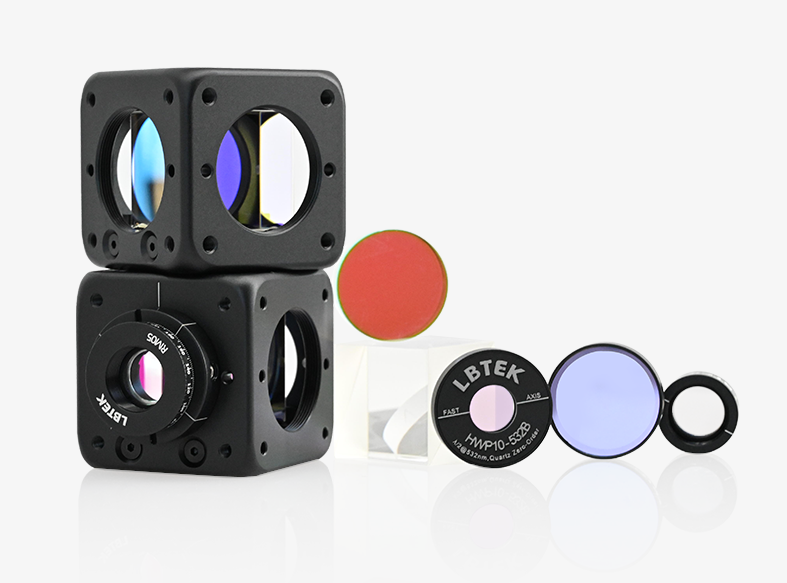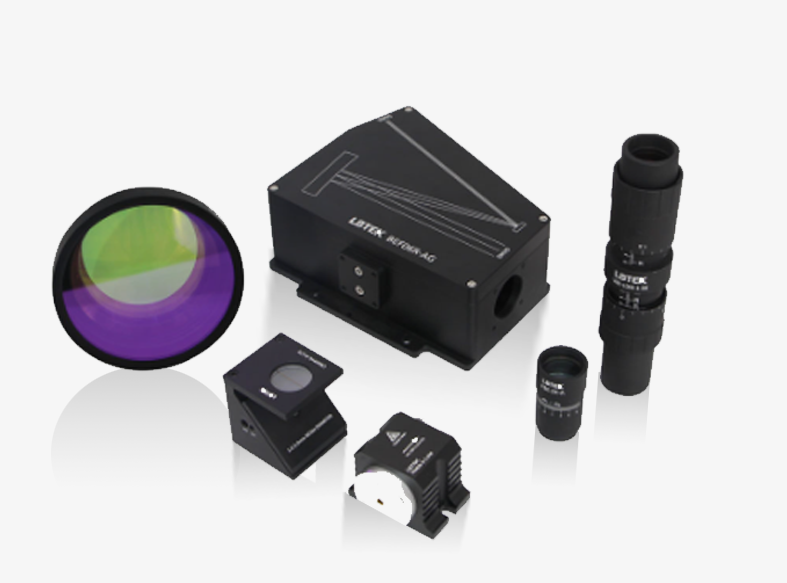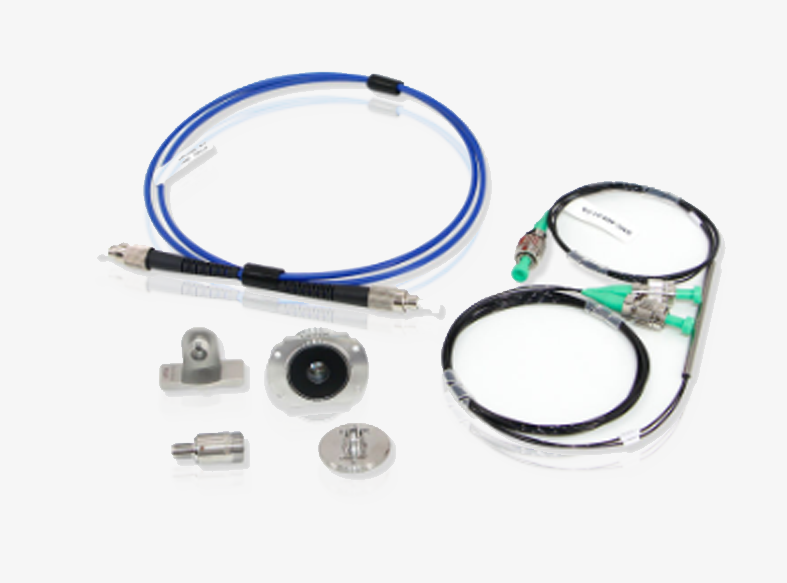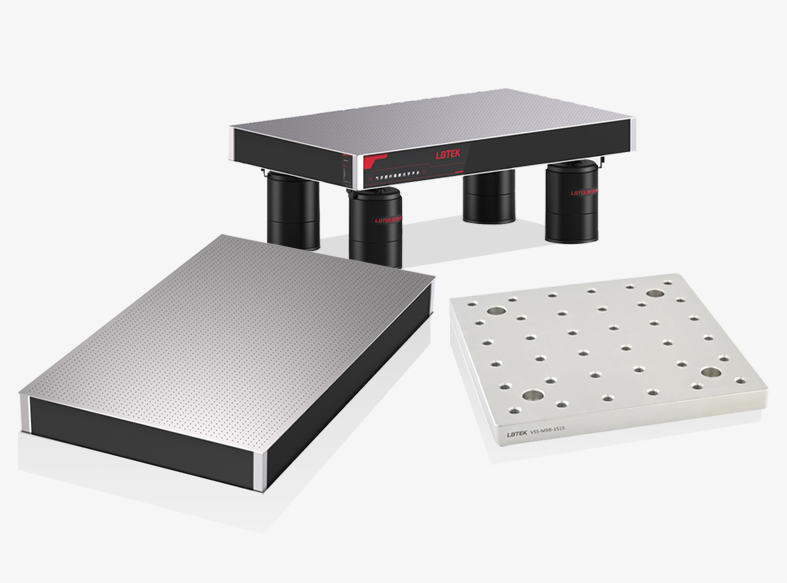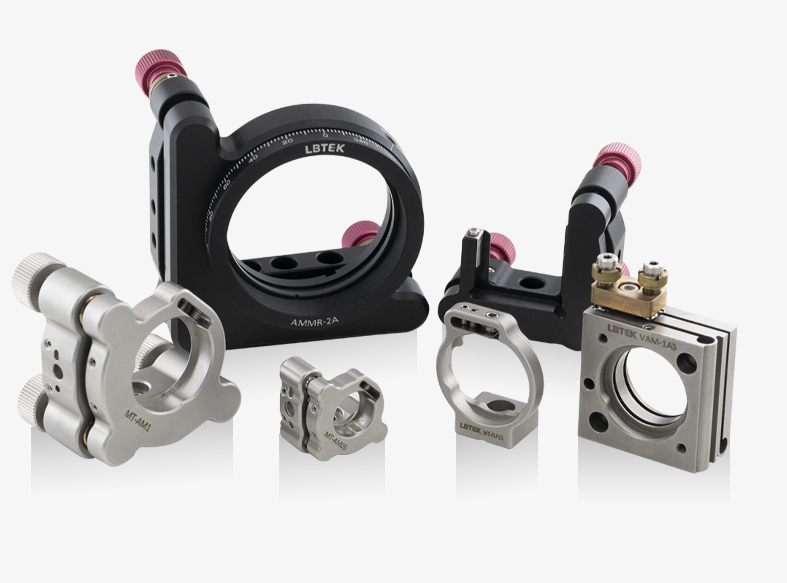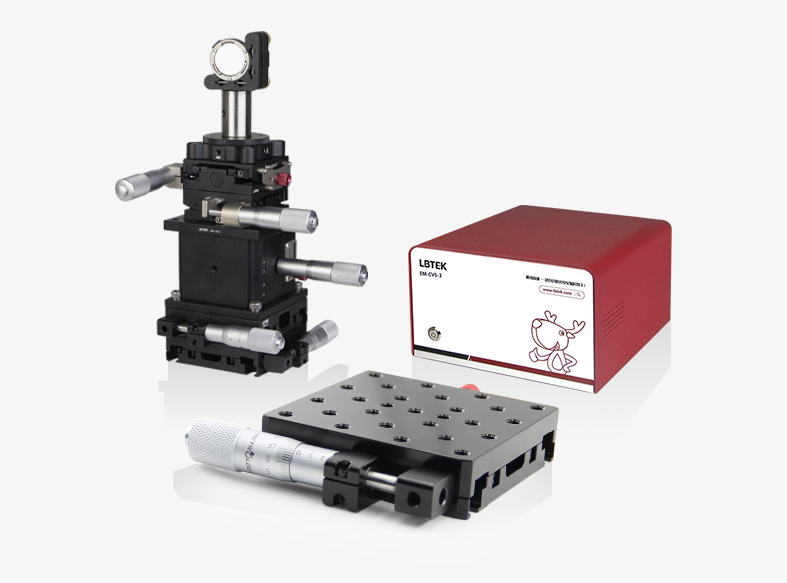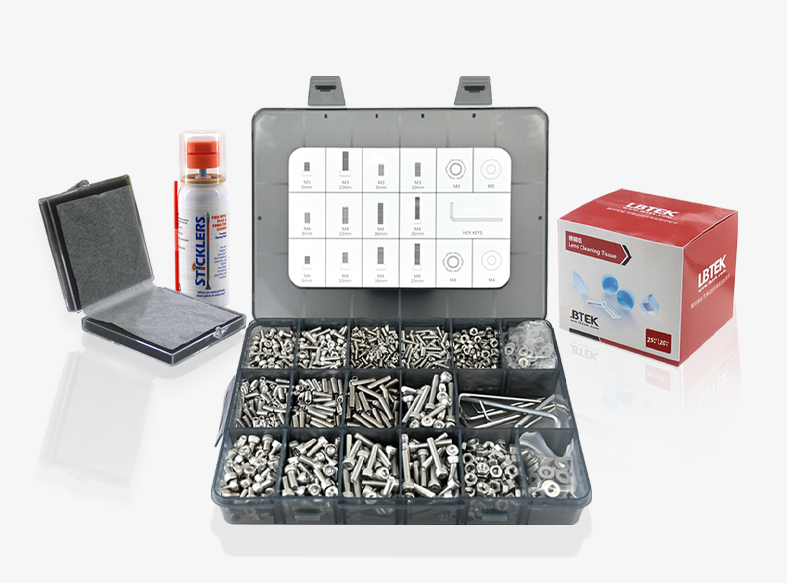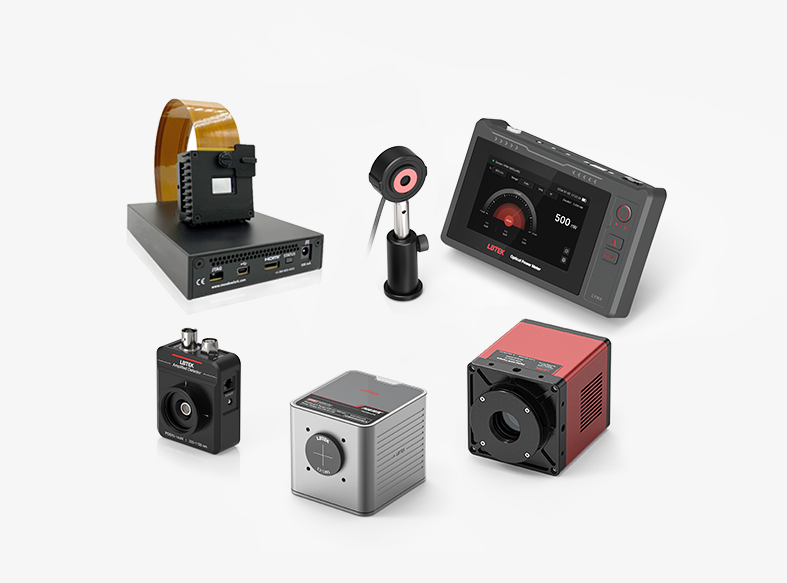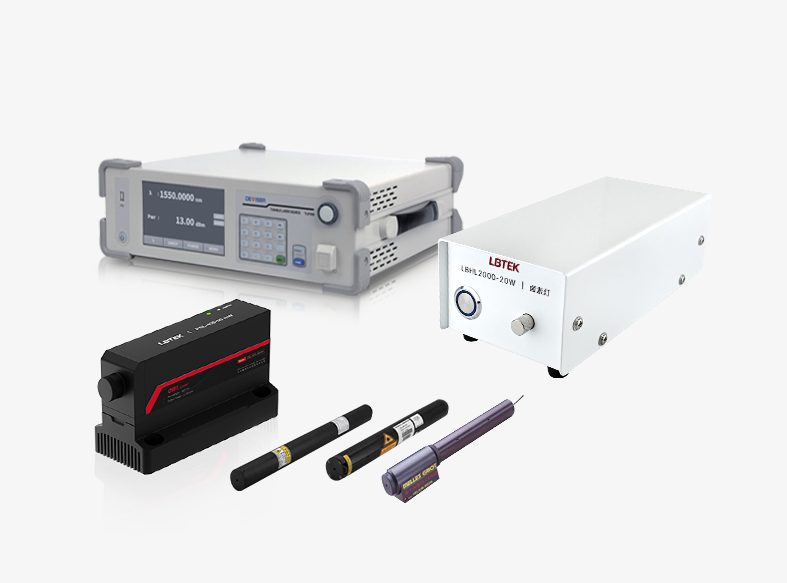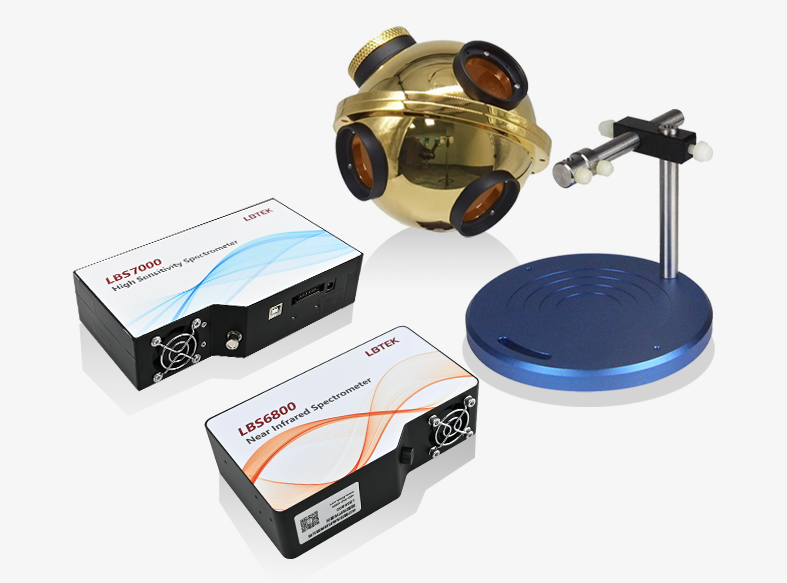Specifications
Application
Feedback
Product Description
- Beam power stabilization: Supports stable energy regulation of femtosecond laser beams
- Laser energy modulation: The system can modulate laser energy in real-time based on the movement of the workpiece stage to maintain consistent line width
- Beam pointing stabilization: Supports stable pointing regulation of femtosecond laser beams
- Focusing and focus-seeking function: Supports focal plane positioning with precision ≤10 nm
- 2D structure writing software: Supports image-based writing methods including JPG, GDS, and TIFF formats
- 3D structure writing software: Supports writing methods with STL file import
- Shell printing module: Large solid structures are processed by exposing only their shells, significantly reducing processing time
The MPG-P1100 differs most significantly from traditional two-photon laser direct writing lithography systems in its use of two processing beams. One beam is a femtosecond laser with a wavelength of 532nm, referred to as the excitation light; the other is a continuous laser with the same 532nm wavelength, called the inhibition light. During processing, a specialized PPI photoresist is used, which exhibits different photosensitive effects to the excitation and inhibition lights: the excitation light induces two-photon polymerization at the irradiated positions to form structures, while the inhibition light disrupts the molecular cross-linking of the photoresist, achieving a depolymerization effect. When the inhibition light is combined with the excitation light, a 3D dark spot is formed through focusing to reduce the equivalent spot size of the excitation light, thereby surpassing the optical diffraction limit and enabling high-precision dual-beam direct writing.
The laser direct writing technology based on Peripheral Photon Inhibition (PPI) is an ultra-high-precision three-dimensional direct writing lithography technique. This system utilizes visible light exposure to achieve sub-50nm structural processing, breaking the diffraction limit. It also realizes single-wavelength excitation and inhibition, avoiding chromatic aberration effects, which lays a research foundation for large-area super-resolution writing. With improvements in the system's scanning exposure method, the speed can be increased by at least one order of magnitude compared to the exposure speeds reported in previous literature, enhancing the application potential of PPI direct writing technology.
Attribute
Maximum printable height≤10 mm
Minimum surface roughness≤30 nm
Minimum feature line width≤50 nm (XY plane) and ≤300 nm (Z-axis)
Minimum cycle (XY plane)≤400 nm
Scanning speed (maximum)10 m/s divided by the objective magnification (e.g.: scanning speed is 100 mm/s under 100X objective)
Assembly accuracy≤100 nm (XY plane)
Laser center wavelength517 nm
Laser average power>1 W
Laser pulse width<200 fs
Laser power stability<1% RMS
Laser beam qualityM²<1.2
Laser repetition rate80±5 MHz
External Dimensions (W × H × D)1700 mm×1500 mm×2200 mm
Instrument weight<2000 kg
Installation RequirementsClass 1000 or higher cleanroom
Electrical Conditions220/380 V Power >5 kW
Environment stability20±1 ℃
Compressed airFilter to 0.25 μm, oil-free, stabilized at 0.5-0.6 MPa, flow rate should be 500-800 SLPM
Ambient LightingYellow light
